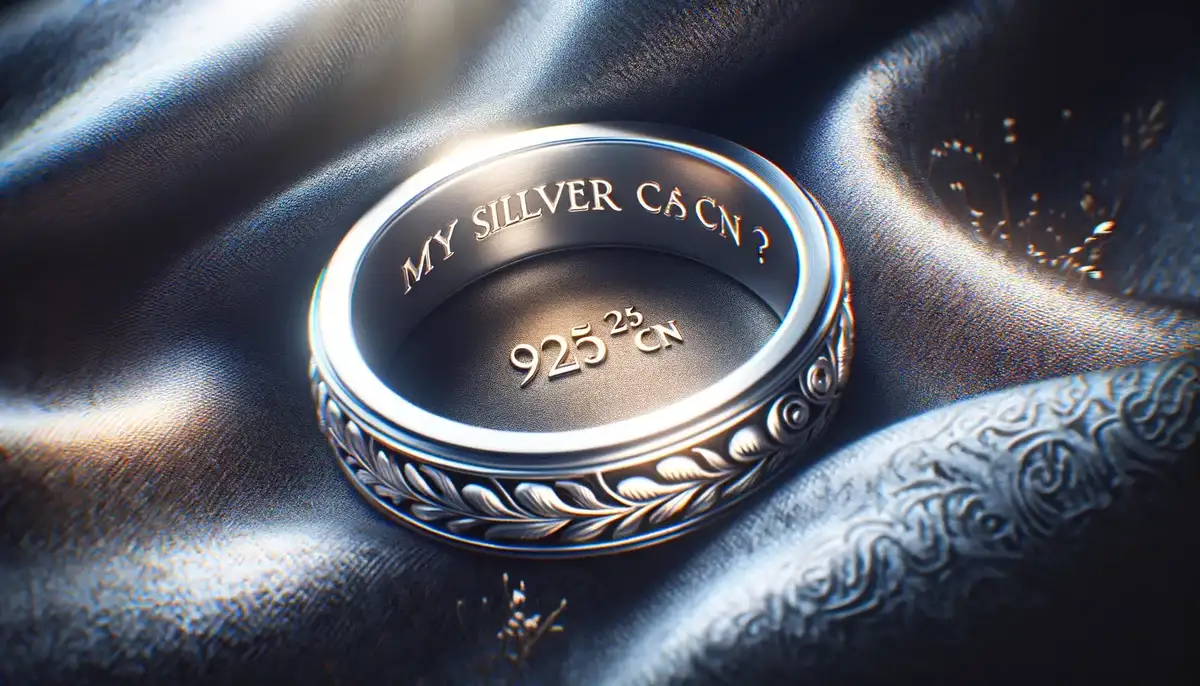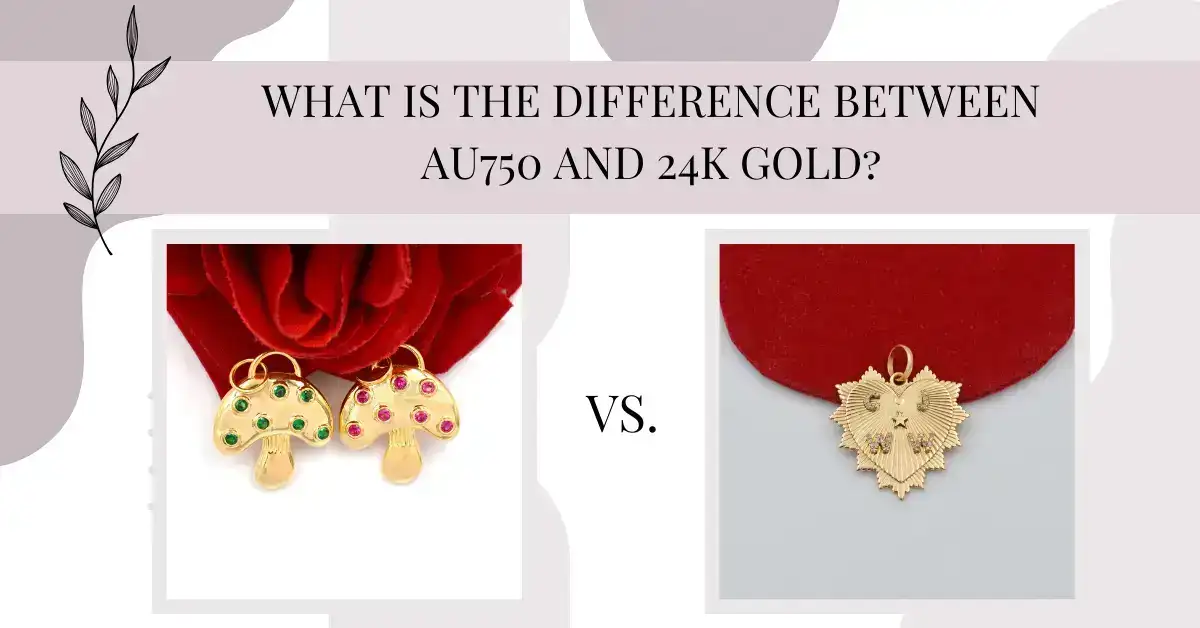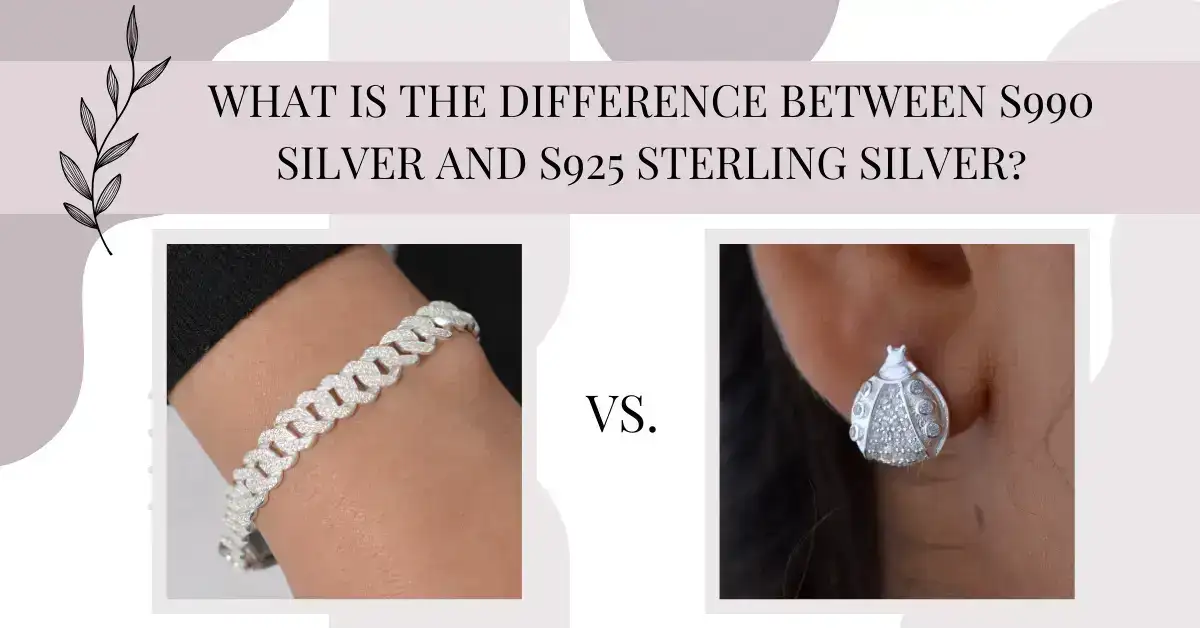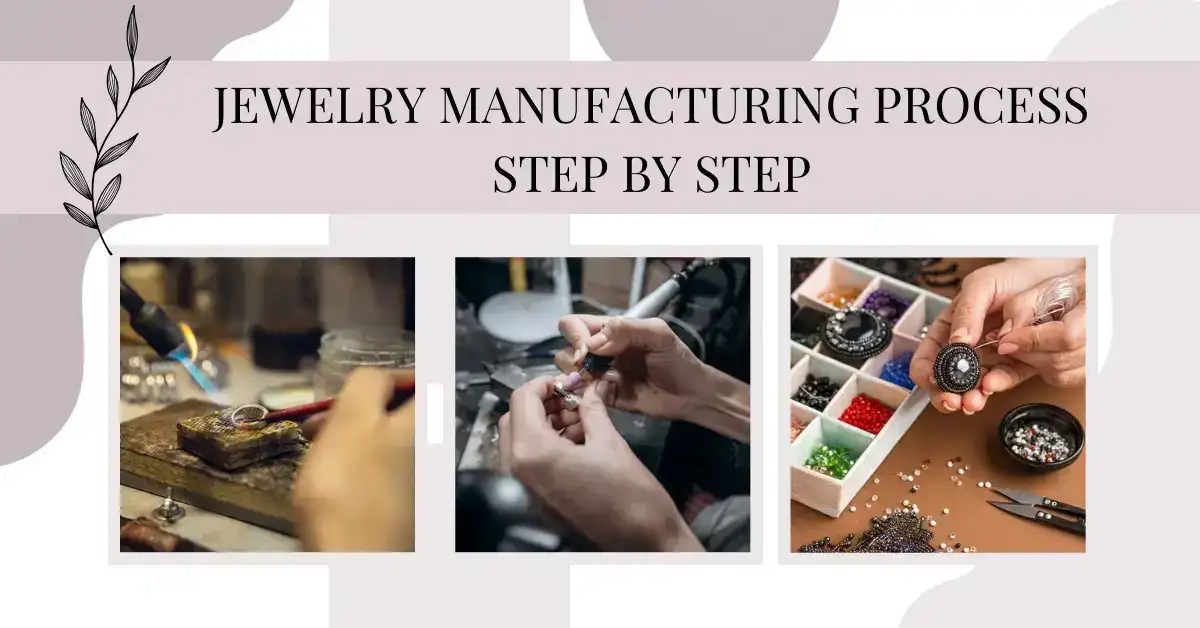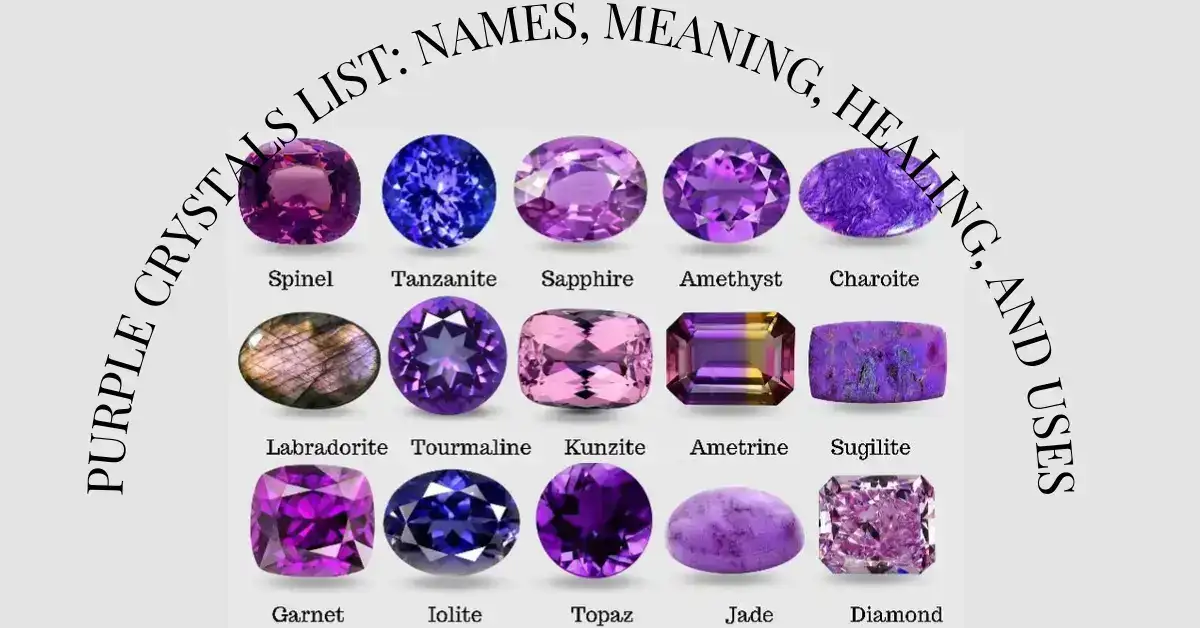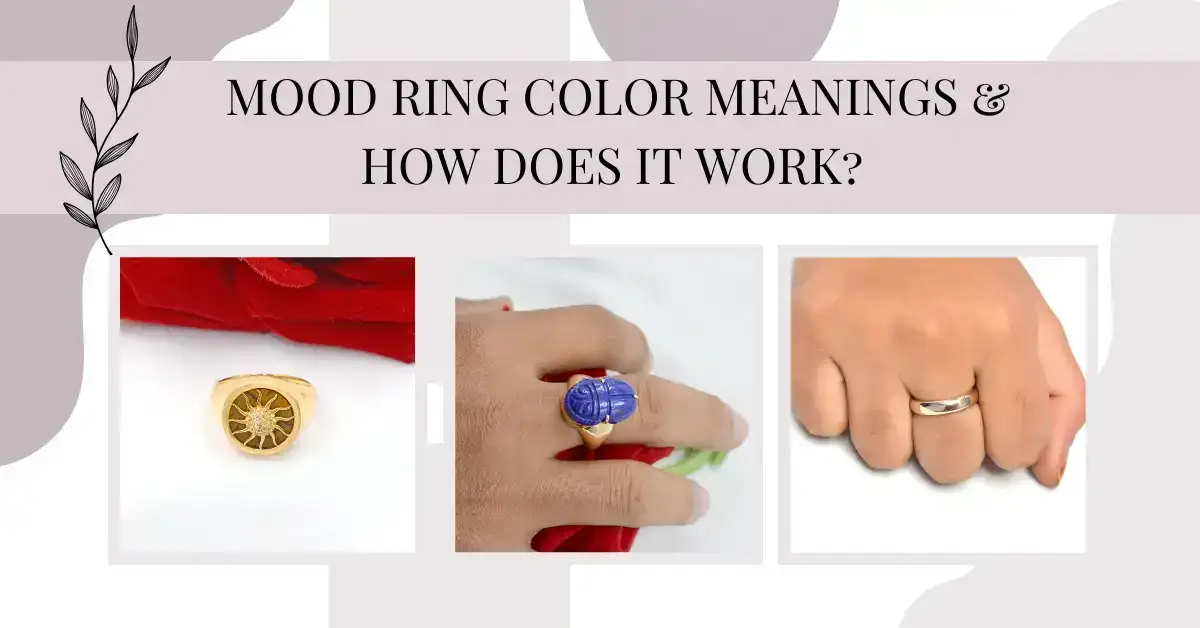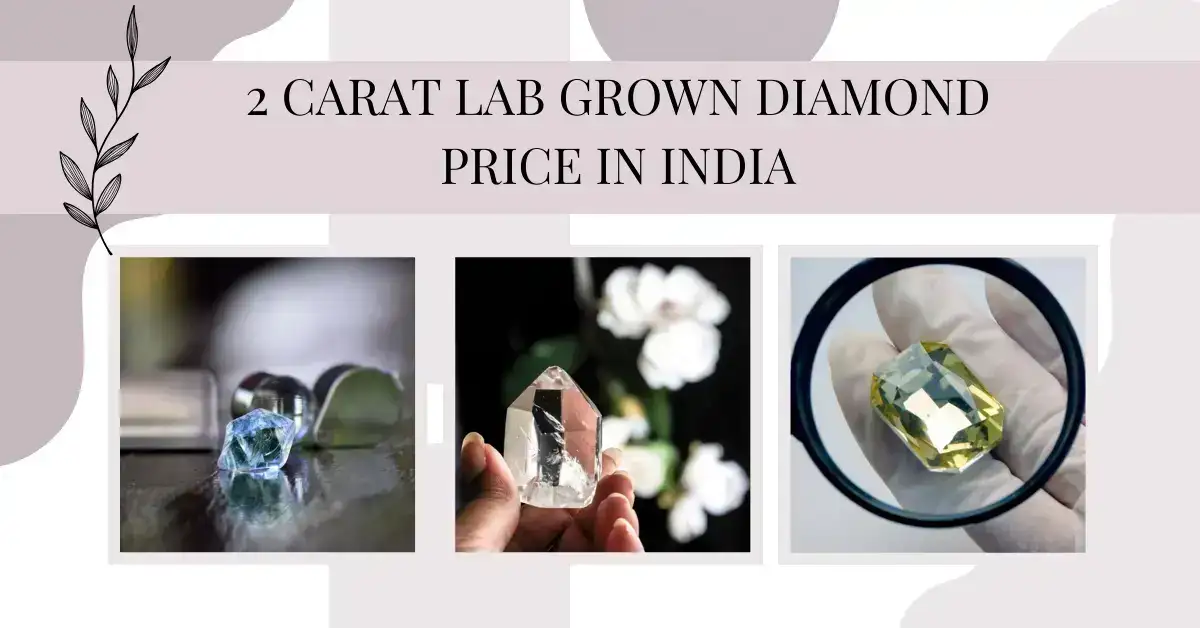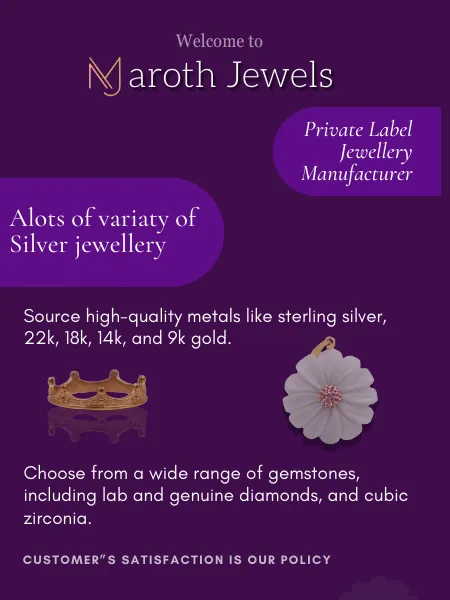Manufacturing Process Of Jewellery

Manufacturing Process Of Jewellery
For generations, jewellery has been an important component of human society, reflecting elegance, position, and personal interpretation. Every beautiful piece of jewellery is the result of a sophisticated manufacturing process which blends creativity, accuracy, and technology. This article will provide a comprehensive overview of the manufacturing process of jewelry, exploring each step involved in transforming raw materials into exquisite pieces that captivate our imagination.
1. Design and Conceptualization:
The journey of jewelry begins with an initial concept or design. Jewelers and designers draw inspiration from various sources such as nature, historical eras, or personal visions. To develop comprehensive depictions of the jewellery piece, particularly its shape, proportions, and complex features, sketches and computer-aided design (CAD) software are frequently used. Designers collaborate closely with customers or manufacturers to guarantee that their creation achieves the desired goal.
2. Material Choice:
Once the design has been established, the next phase is to choose the suitable materials. Jewellery can be made from a variety of precious and non-precious materials, such as gold, silver, platinum, diamonds, gemstones, and even non-precious metals such as stainless steel or titanium. Materials are chosen based on considerations like layout, budgetary constraints, preferred aesthetics, and customer demographics.
3. Wax Model Creation:
In many cases, a wax model is created to serve as a prototype of the final piece. This wax model allows jewelers to visualize the design in three dimensions and make necessary modifications before proceeding to the production phase. Advanced techniques like 3D printing can be employed to create intricate and precise wax models, reducing the time and effort required for manual sculpting.
4. Casting:
Casting is a vital method in the manufacture of jewellery, particularly for items made of precious metals such as gold or silver. It begins with the development of a mould, which is often formed of plaster or investment material and is then heated to an extremely high temperature. Molten metal is poured into the mould, filling the voids and shaping it to the appropriate shape. Once cooled, the mold is broken, revealing the rough cast piece.
5. Cleaning and Polishing:
The rough cast piece produced by the casting process is cleaned and polished several times to remove any leftover contaminants, burrs, or rough surfaces. To smoothen the surfaces, enhance the details, and attain the final result they want, jewellers employ a combination of hand tools, rotary tools, and abrasive materials. This process is critical in improving the overall appearance and quality of the jewellery piece.
6. Setting and Stone Placement:
For jewelry pieces featuring gemstones or diamonds, the next step is setting or stone placement. Jewelers skillfully secure the stones onto the metal using prongs, bezels, or other specialized techniques. This requires precision and attention to detail to ensure the stones are securely held in place while allowing maximum light penetration to enhance their brilliance.
Visit For :- mushroom pendant bulk
7. Engraving and Detailing:
Engraving and detailing add a personalized touch to jewelry, transforming it into a unique and meaningful piece. Skilled artisans use engraving tools and techniques to carve intricate patterns, initials, or designs onto the metal surface. This step requires meticulous craftsmanship, as it can significantly influence the final appearance and value of the jewelry.
8. Finishing Touches:
The final stages of the manufacturing process involve applying the finishing touches that complete the jewelry piece. These may include additional polishing, rhodium plating (for white gold pieces), applying a protective coating, or incorporating other decorative elements such as enamel or filigree work. These final touches add the final layer of refinement and ensure the durability and longevity of the jewelry.
9. Quality Control and Inspection:
Before the jewelry pieces are ready for distribution, thorough quality control and inspection processes are conducted. This step ensures that each piece meets the highest standards of craftsmanship, durability, and aesthetic appeal. Jewelers examine the jewelry under magnification to check for any flaws, such as loose stones, imperfect settings, or surface imperfections. They also consider the piece's overall weight, balance, and convenience. At this point, any required tweaks or fixes are made to guarantee that the finished item is faultless.
10. Packaging and Presentation:
Following the completion of the quality control procedure, the jewellery items are carefully wrapped and put away for display. To increase the value and appeal of the jewellery, premium packaging products such as velvet boxes or personalized cases are used. Furthermore, authenticity certificates and care directions may be provided to give clients with important information regarding the piece as well as assistance on how to keep its stunning appearance.
11. Distribution and Retail:
The final jewellery is subsequently distributed to retail stores or directly to buyers via a variety of channels, such as brick-and-mortar stores, e-commerce sites, or specialty boutiques. Jewellery stores play an important role in displaying and advertising the jewellery for prospective clients. Expert staff are trained to provide detailed information about the jewelry, assist customers in making informed choices, and offer after-sales services such as resizing, repairs, or cleaning.
Customization and Bespoke Services:
In addition to the standard manufacturing process, many jewelry manufacturers and retailers offer bespoke or custom jewelry services. This allows customers to personalize their jewelry by incorporating specific gemstones, modifying designs, or creating entirely unique pieces from scratch. Customization adds an extra layer of exclusivity and ensures that the jewelry truly reflects the individual's taste, style, and personal story.
Sustainability and Ethical Considerations:
The jewelry industry is increasingly focusing on sustainability and ethical practices.Many manufacturers are dedicated to ethical material procurement, ensuring that products come from conflict-free zones and meet environmental criteria. Additionally, initiatives have been made to eliminate waste, recycle valuable metals, and implement environmentally friendly manufacturing practices. Ethical issues also include fair labour policies, which ensure that workers in the production process are treated properly and have safe working conditions.
Trends and Innovation:
The jewellery production industry is continually changing as a result of changing fashion patterns, technological breakthroughs, and customer needs. Designers and producers keep updated on the newest trends and look for new ways to produce engaging and one-of-a-kind products. To expand beyond the limits of traditional jewelry-making, they explore with novel materials, techniques, and manufacturing processes. This ongoing quest for innovation guarantees that the marketplace remains current and captivates the market with new and intriguing concepts.
Maintenance and Repair:
Once a customer purchases a piece of jewelry, proper maintenance and occasional repairs may be required to ensure its longevity and beauty. Many jewelry manufacturers and retailers offer maintenance and repair services, including cleaning, re-polishing, stone tightening, and resizing. These services help customers keep their jewelry in pristine condition and extend its lifespan. Regular maintenance also allows jewelers to inspect the piece for any potential issues and address them before they become more significant problems.
Visit for :- charm enhancer jewelry
Future of jewellery Manufacturing:
As technological advances continue, the future of jewellery manufacture promises intriguing possibilities. 3D printing, laser cutting, and computer-aided design are now being used in the procedure, allowing for speedier prototyping, customisation, and intricate details. As customers prioritize ethical and ecologically conscientious choices, the usage of environmentally friendly and sustainable materials is projected to become even more popular. Virtual reality and augmented reality technology may also play a part in changing how customers view and interact with jewellery, enabling them to try on virtual items and customize designs in real time.
Customer Service and After-Sales Support:
Customer satisfaction is a priority in the jewelry industry. Manufacturers and retailers strive to provide excellent customer service throughout the entire purchasing process and beyond. Knowledgeable staff assist customers in selecting the right piece, offering guidance on style, quality, and maintenance. After-sales support includes services such as resizing, cleaning, and repairs. A positive customer experience builds loyalty, trust, and positive word-of-mouth, contributing to the success of the jewelry brand.
Trends and Fashion Forecasting:
The jewelry industry closely follows fashion trends and consumer preferences. Designers and manufacturers stay updated on the latest styles, colors, and materials to create jewelry that aligns with current market demands. Trend forecasting agencies and industry experts analyze fashion shows, consumer behavior, and market research to predict upcoming trends. This information guides designers in creating collections that resonate with customers and remain relevant in the ever-evolving fashion landscape.
Conclusion:
Jewellery making is a harmonious mix of artistry, talent, and technical ability. Every step, from the initial concept and material selection to precise detailing and final touches, leads to the development of one-of-a-kind and intriguing creations. Jewellers and artisans use a variety of techniques, equipment, and technologies to bring their ideas to life, resulting in the beautiful jewellery we adore and treasure.
The path from raw materials to finished jewellery is a monument to the industry's workmanship and ingenuity, either it's a glittering diamond ring, an elaborately crafted necklace, or a delicate pair of earrings. The jewellery manufacturing process includes numerous processes, ranging from design and material selection to marketing and customer service.
The industry combines artistic creativity, technical expertise, ethical considerations, and market awareness to create exquisite pieces that captivate and adorn. By staying abreast of trends, embracing innovation, and prioritizing customer satisfaction, jewelry manufacturers continue to shape the industry and provide customers with timeless, meaningful, and cherished pieces of personal expression.
READ MORE:- Small Batch Jewelry
Recent Posts
My silver ring says 925 CN. What does this mean?
What is the Difference Between Au750 and 24k Gold?
Jewelry Manufacturing Process Step By Step
10 Famous Jewelry Manufacturers In Italy of 2024
Mood Ring Color Meanings & How Does It Work?
2 Carat Lab Grown Diamond Price In India
Contact Us For Custom Jewelry
Please get in touch with us and share your ideas if you have personalized jewelry or are searching for a private label jewelry manufacturer. In accordance with your suggestions, we will make and present genuine jewelry.
Drop Us a Line
Scan QR Code
for immediate contact










